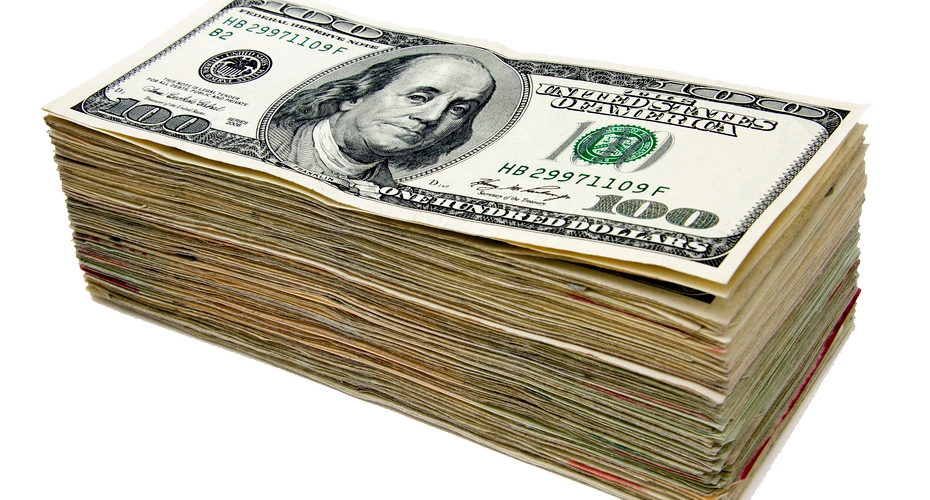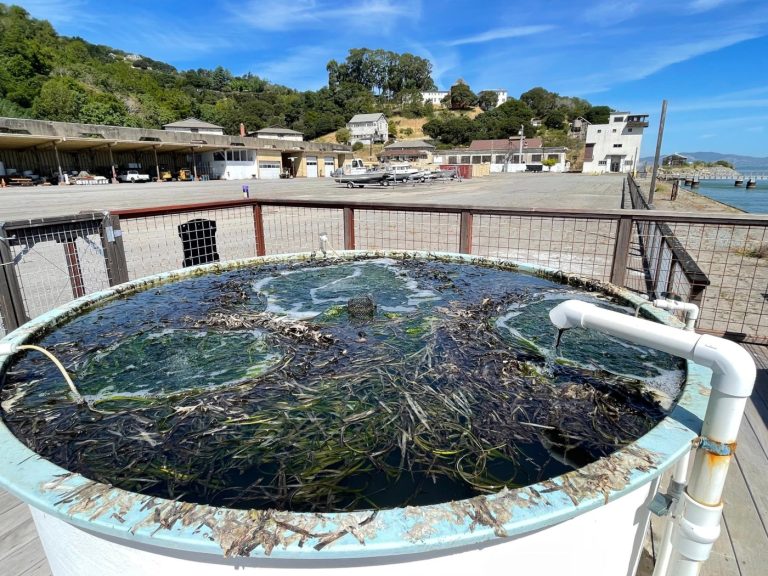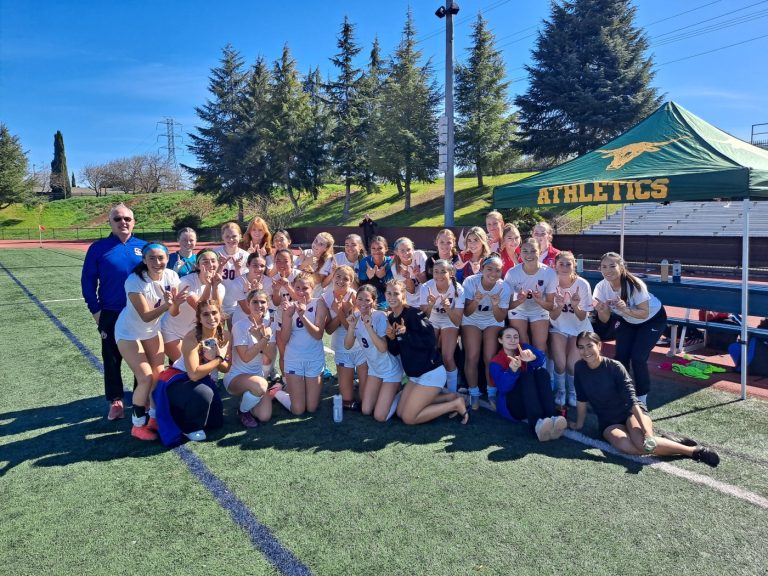INDIANAPOLIS — Pat Chun attended numerous sporting events on Montlake during six years spent as Washington State’s athletic director, but he hadn’t explored the campus — the full campus, the ancient campus — until March 30, four days after his surprising appointment to the same post by Washington.
It was a Saturday, a Chamber of Commerce type of Saturday. Blue skies with streaks of white clouds. Temperatures in the low 50s. Chun even stopped his stroll to snap a picture of the cherry blossoms.
“When I first got here, someone asked me, ‘How long is it before we look like a Big Ten school?’” Chun told the Hotline at Big Ten football media days in late July.
“And I said the first time I walked around campus — you see the old historic buildings and a powerful medical school and medical system and the highest level of research, the high rankings as an institution, a bold athletic department with national championship history — I said, it is a Big Ten school. It’s already a Big Ten school.
“We have more in common with schools in our new conference from an institutional standpoint than we have with some of the members of our old conference.”
Except in one regard: money.
Of the 18 schools competing in the new Big Ten, only UCLA faces a fiscal challenge as daunting as the one staring back at Chun and his department.
Combine the Huskies’ existing debt with a spike in expenses related to new NCAA rules and a partial share of Big Ten media revenue and, well, and the math looks formidable.
If the math isn’t right, winning becomes that much more difficult. The Pac-12, burdened with a bad media rights deal and deficits across so many campuses, was proof of that for a decade.
If the math isn’t right, it’s difficult to pay your staff and your players.
If the math isn’t right, you’re at risk of becoming Maryland, which arrived in the Big Ten a decade ago with budget woes and has never caught up competitively.
If the math isn’t right, are the Huskies in the Big Ten the equivalent of WSU was in the (former) Pac-12 — an athletic department forced to scrap and claw and hope, forever on the edge?
“It’s a different math equation for our campus,” Chun explained. “We’ll start from the premise that our past, present and future dictate that Washington has always been at the highest levels of benefits and services provided to athletes, so that will continue.
“How we fund it is where we’re going to have to put the work in.”
The relevant numbers are as follows:
— Washington will receive a half share of Big Ten media revenue each year for the duration of the contract term (through 2030). That places the Huskies roughly $30 million behind every school but one, Oregon, which has an alternate means of funding its department. All told, the Huskies will be $180 million behind the likes of Purdue, Minnesota and Rutgers for the rest of the decade.
— UW will rely on $10 million loans (interest free) from both Fox and the Big Ten, plus an equivalent amount from an internal campus lending program. This will help offset the one-time costs of entering the Big Ten, which Chun has said will total about $29 million. The Fox and Big Ten loans will be repaid in the 2030s, when the Huskies are full-share members of the conference.
— Like every athletic department in the Big Ten, UW will begin spending $25 million to $30 million annually in additional scholarship costs and a revenue-sharing program with athletes, as stipulated by the settlement of an antitrust lawsuit against the NCAA and the power conferences.
In summation: Costs are rising, revenue is lagging and debt has a front-row seat.
Exactly how will the Huskies muster the resources needed to compete with USC, Ohio State and Michigan?
Any school that doesn’t max out on revenue sharing with athletes stands to get obliterated in recruiting.
“We’ll have a plan, and we’ll execute on that plan — we don’t have a choice,” Chun said. “Historically, we’ve always funded at the highest levels of college athletics, and every school in this conference is going to fund at the highest level. I don’t see a scenario where we aren’t funding at the highest levels.”
There are options for relief:
The Huskies seek help from donors — the same donors who have funded the school’s NIL program and coaching staff salaries and facility upgrades over the years.
Related Articles
On CFB media: Deion Sanders’ thin skin, SEC on ABC, ESPN’s big ratings
Arizona football: Expectations soar as Brent Brennan era begins
Big Ten Network-Comcast dispute could impact Oregon, Washington games
Big Ten reveals tiebreaker policy: As intricate as it should be under the circumstances
Utah football: Our look at the 10 greatest wins of Kyle Whittingham’s two decades at the helm
They could ask for relief from central campus. Washington’s athletic department received $10.3 million in direct institutional support in the 2023 fiscal year, one of the lowest totals in the Pac-12. Will the funding model change under the next president? (Ana Mari Cauce is stepping down next summer.)
And they could take a full-throttle plunge into sponsorship deals. Changes in NCAA rules now allow schools to sell on-field advertising to commercial sponsors. Eventually, jersey patches and helmet decals will be permissible. UW, which has three global brands headquartered in Seattle, must take maximum advance.
Entry into the Big Ten secured UW’s position within the sport’s hierarchy. As the landscape shifts, the Huskies are anchored to bedrock.
But it’s hardly without challenges. Big challenges.
“The term I’ve used with our staff is, there’s a pathway for us to get there,” Chun said. “Because we’re at a half-share” — of Big Ten media revenue — “and because every campus has its own challenges, our pathway is going to be unique to us.”
*** Send suggestions, comments and tips (confidentiality guaranteed) to wilnerhotline@bayareanewsgroup.com or call 408-920-5716
*** Follow me on Twitter/X: @WilnerHotline












